SUMMARY
This is AI generated summarization, which may have errors. For context, always refer to the full article.
 In October 2013, I had the opportunity to live in Tel Aviv for 3 months, working as a legal volunteer in an Israeli human rights non-governmental organization advocating the right of Palestinians to exercise freedom of movement in Gaza and the West Bank. Hoping to get a better sense of the history of the conflict, I traveled to Hebron, one of the most contentious places in the West Bank.
In October 2013, I had the opportunity to live in Tel Aviv for 3 months, working as a legal volunteer in an Israeli human rights non-governmental organization advocating the right of Palestinians to exercise freedom of movement in Gaza and the West Bank. Hoping to get a better sense of the history of the conflict, I traveled to Hebron, one of the most contentious places in the West Bank.
Hebron is a Palestinian city located in the West Bank, 30 kilometers south of Jerusalem. It is considered one of the holiest cities for Muslims, Christians, and Jews because it is believed that biblical patriarch Abraham lived there. The Ibrahimi Mosque/Tomb of the Patriarchs is said to have been built above the cave where Abraham, his wife Sarah, their son Isaac, and grandson Jacob are buried.
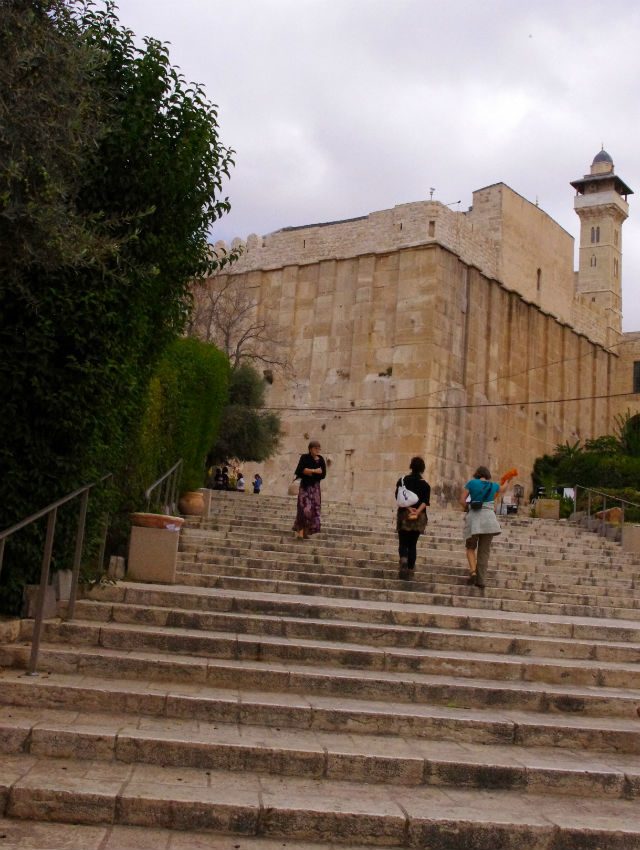
A massacre that leads to the division of a city
Hebron is the largest Palestinian city in the West Bank. After the Arab-Israeli war in 1967 resulted in the Israeli occupation of the West Bank, including Hebron, various groups of Jewish settlers occupied portions of the city.
In 1968, Rabbi Moshe Levinger and his group occupied the Park Hotel in Hebron and refused to leave. This forced the Israeli government to allow the group to establish the Kiryat Arba settlement, the first Jewish settlement, on the east side of Hebron. This despite the fact that Moshe Dayan, the defense minister at the time, considered the settlement to be illegal and a “provocation” to the Palestinians.
From 1979 to 1984, 4 other Jewish settlements were established, this time in the center of Hebron. From that time on, the Palestinian residents had to live with the new Jewish settlers under tense living conditions. During this time, the Jewish and Muslim communities shared the Ibrahimi mosque/ Tomb of the Patriarchs, praying side by side with each other.
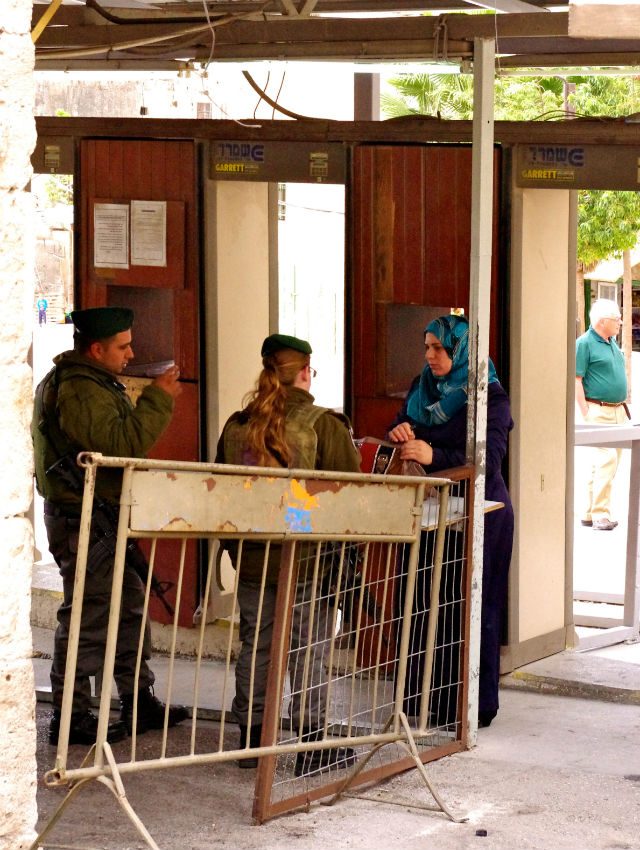
This changed after February 25, 1994, when a US-born IDF (Israel Defence Force) medical doctor, Baruch Goldstein, entered the Ibrahimi mosque with a Galil assault rifle and opened fire. Since this occurred during morning prayers in the month of Ramadan, the mosque was full. Goldstein killed 29 Muslims and wounded several others before he was stopped.
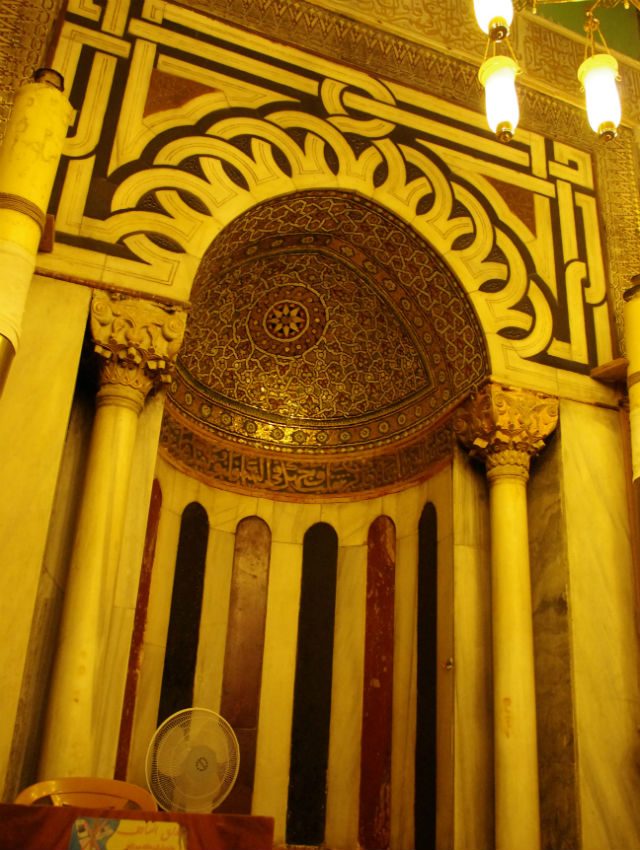
After the massacre, the site was divided into a Muslim and a Jewish part with two separate entrances. Furthermore, Shuhada street, once the city’s main street lined with Palestinian shops, was closed down. All Palestinians were prohibited from passing through. Even houses whose front doors opened to Shuhada street were welded shut, forcing the residents to find other ways to leave their houses. Some had to transform the windows at the back of their houses into doors.
The closure of Shuhada street was part of the IDF’s efforts to create “buffer zones” between the Jewish settlers and Palestinian residents for the protection of the Jewish settlers. To this day, Shuhada street remains off-limits to all Palestinians, although Jewish settlers and visitors with foreign passports are allowed to walk through.
The Hebron massacre occurred 5 months after the Palestinian Liberation Organization (PLO) and Israel recognized each other through the signing of the Oslo Accords. Under the Oslo Accords, Hebron, a Palestinian city, was supposed to be completely under the control of the Palestinian Authority. However, because of the presence of the Jewish settlers, Hebron was divided into two parts: 80% of the city, called H1 with 140,000 Palestinian residents, fell under the administration of the Palestinian Authority. The remaining 20%, H2, where 30,000 Palestinians reside with 500 Israeli settlers, is controlled by the Israeli military. Significantly, H2 contains the Old City, an important commercial site for the Palestinians, and the Ibrahimi Mosque/Tomb of the Patriarchs.
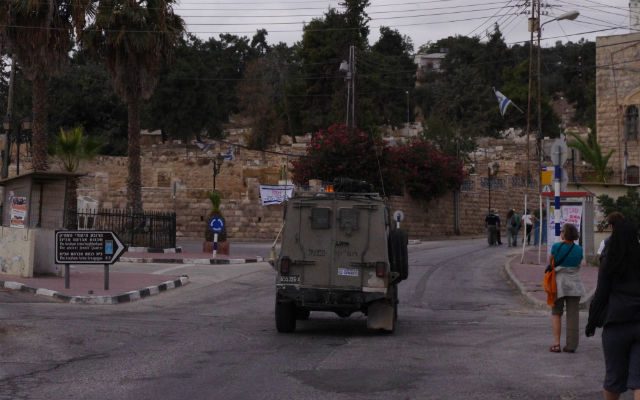
Hebron today
The closing down of Shuhada street and IDF control over the Old City has had a devastating effect on the local Palestinian economy. A report issued by the UN Office for the Coordination of Humanitarian Affairs found that 521 Palestinian businesses in the restricted areas had been shut down by the military, while at least 1,100 shops in H2 have closed down as a result of the restricted access imposed by IDF authorities.
This could perhaps explain why 70% of the Palestinians in Hebron’s Old City in H2 live below the poverty line.
A walk down Shuhada street illustrates this fact – the place is eerie with silence, a virtual ghost town of shuttered down shops.
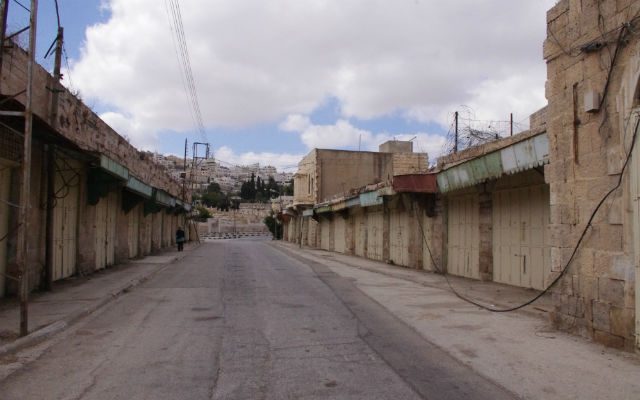
More disturbing, though, is the presence of the Jewish settlers in the city, most of whom have stated their objective of reclaiming Hebron as a Jewish city by driving the Palestinian residents out. An IDF soldier narrated how he witnessed a child of Jewish settlers hit a Palestinian child on the head with a brick, and, in another instance, saw Jewish settler children attacking elderly Arabs. Another IDF soldier narrated how he saw Jewish settler children destroying the homes of Palestinian residents.
This threat I witnessed as I walked through the souk where Palestinians sold their wares. Above the shops, a metal net hangs to protect the Palestinian shoppers from the garbage thrown by the Jewish settlers who live right above the souk.
The brazen attacks committed by the Jewish settlers could be attributed to the presence of the IDF soldiers in H2. While approximately 500 Jewish settlers live in H2, there are 2,000 IDF soldiers stationed all around H2 with the specific mandate to protect them. Apart from the presence of soldiers, Jewish settlers are allowed, under Israeli law, to carry firearms and shoot “in self-defense,” a term interpreted loosely in favor of the Jewish settlers. As a matter of fact, I observed a group of 50 or so Jewish settlers with automatic weapons slung across their shoulders as they were walking through the streets of Hebron.
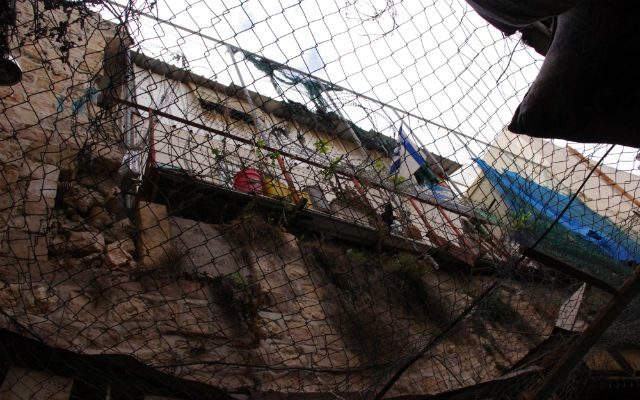
In an effort to ease the tension and put a stop to the violent attacks mostly committed by the Jewish settlers against the Palestinian residents in H2, the Temporary International Presence in Hebron (TIPH), a civilian observer mission, was invited by both Palestinian and Israeli authorities to monitor the situation in Hebron. TIPH was established “to promote by their presence a feeling of security to the Palestinians of Hebron and to help promote stability in the city.”
Hebron – a divided city
Some 20 years after the massacre of Muslims in Ibrahimi mosque, the Palestinian residents of Hebron continue to bear the brunt of the occupation. The issue of whether the Israeli government has imposed apartheid-like conditions on the Palestinians in the occupied territories remains an emotionally charged point of contention. In the H2 portion of Hebron, however, it seems the clear division of the territory into parts that Palestinians can and cannot enter speaks for itself.
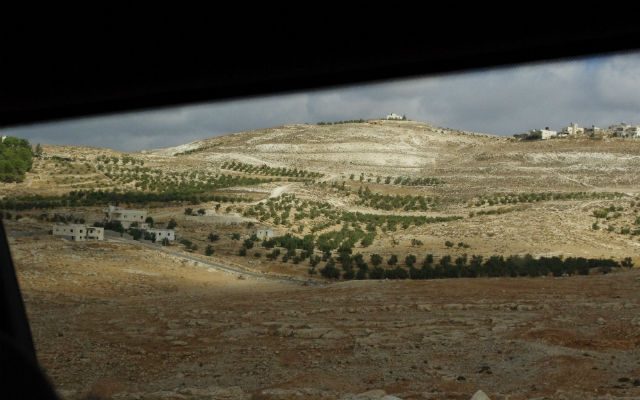
– Rappler.com
Karen Pimentel Simbulan graduated from the UP College of Law. She recently obtained a Master of Public Policy degree, specializing in International Conflict Management, from the Willy Brandt School of Public Policy at the Universität Erfurt in Germany. She lived in Tel Aviv in 2013, working as a legal volunteer for Gisha-Legal Center for Freedom of Movement. The views expressed in this article are the writer’s own and do not reflect the policy of the organization.
Add a comment
How does this make you feel?
There are no comments yet. Add your comment to start the conversation.